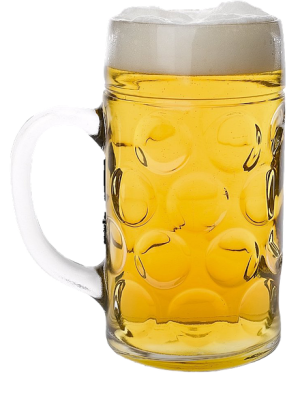- The Global Reach and Diversity of Beer Culture
- – Explore how beer drinking is a universal practice with distinct regional variations.
- – Briefly touch on the history of beer's evolution across different civilizations.
- Types of Beer: A Regional Breakdown
- – Discuss the most popular types of beer in various regions, such as lagers in Central Europe, stouts in Ireland, and IPAs in North America.
- – Highlight unique regional styles like German Weissbiers, Belgian Lambics, and Japanese Session Beers.
- Beer Pairings: A Culinary Journey
- – Explain the art of food and beer pairings based on regional cuisines and preferences.
The Global Reach and Diversity of Beer Culture
– Explore how beer drinking is a universal practice with distinct regional variations.
Drinking beer is a universal practice that transcends borders and cultures, yet each region has developed its distinct types of beer and accompanying rituals. From the craft beer movements in North America to the traditional breweries of Europe, beer has become an integral part of various social gatherings and celebrations. The variety of beer styles, such as lagers, stouts, ales, and wheat beers, offers something for every palate, and their unique flavours often inspire specific pairings with food.
The cultural significance of beer extends beyond mere enjoyment; it also carries potential health benefits when consumed in moderation. Studies suggest that certain compounds in beer may contribute to cardiovascular health and even have positive effects on gut microbiomes. Beer culture fosters a sense of community and social interaction, as people gather in pubs, breweries, or festivals to share their passion for this ancient beverage. These gatherings often become vibrant, bustling events where folk connect, exchange knowledge about brewing techniques, and celebrate the rich history of beer in their regions.
– Briefly touch on the history of beer's evolution across different civilizations.
The history of beer stretches back thousands of years across various civilizations. From ancient Sumeria and Egypt to medieval Europe and the Native American tribes, drinking beer has been an integral part of cultural gatherings and celebrations. Over time, the brewing process evolved, leading to the diverse types of beer we know today, ranging from light lagers to robust stouts and complex ales. Each region developed unique beer styles and traditions influenced by local ingredients, climate, and historical events, creating a rich global beer culture.
Beer pairings have long been an essential aspect of culinary experiences, with certain beers complementing specific dishes due to their distinct flavors and aromas. Beyond social and cultural significance, beer has also been recognized for its potential health benefits. Moderate consumption of various types of beer is linked to positive impacts on cardiovascular health and certain nutritional advantages due to the presence of vitamins and minerals. This ancient beverage continues to shape modern drinking habits and remains a central element in the vibrant global beer landscape.
Types of Beer: A Regional Breakdown
– Discuss the most popular types of beer in various regions, such as lagers in Central Europe, stouts in Ireland, and IPAs in North America.
The drinking culture surrounding beer varies significantly across regions, with each developing unique preferences and traditions. Central Europe is renowned for its love affair with lagers – crisp, clean, and often served cold in tall glasses. These pale beers have a long history in the region, with brewing techniques perfected over centuries. In Ireland, on the other hand, stouts take centre stage, with Guinness being a globally recognised symbol of Irish beer culture. The rich, creamy textures and roasted flavours of stouts are a perfect match for hearty Irish cuisine.
Moving to North America, where craft breweries have taken off, India Pale Ales (IPAs) have become synonymous with the region’s beer scene. Known for their bold hoppy aromas and intense bitterness, IPAs offer a wide range of styles from juicy to sour. Beer pairings are an integral part of these diverse beer cultures, with dishes ranging from traditional fare like Irish stew to modern twists like IPA-marinated meats or stout-braised desserts. Beyond enjoyment, the health benefits associated with moderate drinking have also contributed to beer’s cultural significance, fostering social gatherings and community events worldwide.
